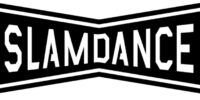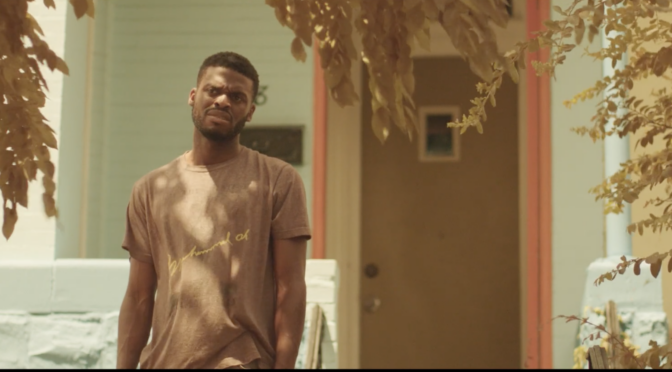 Gentrification is a topic which inspires debate all over the world. Its mention invokes frank views from individuals of all backgrounds, and a quick search reveals a diverse array of perspectives on this single issue. It is a term that sits clearly in the minds of many yet it can often be difficult to articulate its full ramifications. RESIDUE, the directorial debut of Merawi Gerima, epitomises this, presenting a poignant, although sometimes confusing portrait of a DC suburb in the midst of change.
Gentrification is a topic which inspires debate all over the world. Its mention invokes frank views from individuals of all backgrounds, and a quick search reveals a diverse array of perspectives on this single issue. It is a term that sits clearly in the minds of many yet it can often be difficult to articulate its full ramifications. RESIDUE, the directorial debut of Merawi Gerima, epitomises this, presenting a poignant, although sometimes confusing portrait of a DC suburb in the midst of change.
Jake, an aspiring filmmaker, has returned to his former home in Washington’s Q Street in order to tell its story but finds that the area is not what he remembers. Affluent white residents now own many of the homes his friends used to live in, treating the entire neighbourhood as their own, while estate agents prey upon the remaining black residents. For these new residents, the neighbourhood’s level of crime is something to be discussed over drinks with friends. Their lack of engagement with the community is demonstrated by the short, fleeting glimpses of them. For long-term residents, however, it remains a very real issue. The repeated – and not particularly subtle – use of fireworks demonstrates the clash of neighbour against neighbour as the community turns in on itself. Ongoing gentrification has only heightened this tension. Gerima draws parallels between the pressures exerted by the new residents and that wielded by the gangs that still roam the streets. Both demand co-operation and both require individuals to conform to the majority, leaving Jake, with a dual perspective of both, an unwelcome figure in the place he once called home.
The struggles of the present leave Jake pining for the past as he recalls past friendships and memories throughout RESIDUE. The past and present blend fluidly into one another, such that in the beginning, it is impossible to distinguish one from the other. As Jake becomes more invested in this past, taking a dilapidated rocking chair into his house, the differences become more pronounced. Reality soon begins to bleed into fiction as well, particularly in one powerful montage that blends violent acts from the past and present of Jake’s DC with that of our own.
“The past and present blend fluidly into one another, such that in the beginning, it is impossible to distinguish one from the other.”
Gentrification is not some abstract concept in RESIDUE, but a murderer of individuals, communities, and history itself. Key events are being forgotten, while long-term residents are increasingly being erased, their voices mumbled and their faces obscured. A new history is being imposed as development gathers pace in the area, one that will not spare the times that came before. Gerima’s intent is clear on this, but emerging from the maelstrom of conflicting times, the message has become confused. This is increasingly so towards the end of RESIDUE, where it is difficult not to become disoriented by the narrative. Jake’s actions become increasingly erratic, but the character remains something of an unknown, so that his motivations by the film’s end are inexplicable, even if the surrounding context is not.
RESIDUE is much like the neighbourhood it sets itself in. There are many beautifully constructed moments, but they are housed within an unstable scaffolding. There are parts of the past and present sitting side by side, and these increasingly come into conflict. There are a number of compelling factors to consider, but the reasons are often obscure. The dichotomy of gentrification is something that is difficult to capture, and though RESIDUE doesn’t quite manage it, it gives it a pretty good shot.

